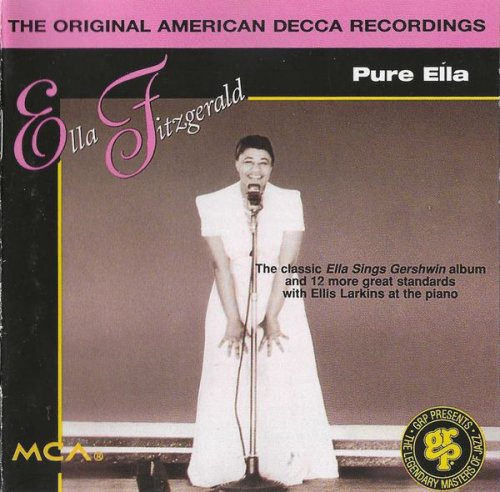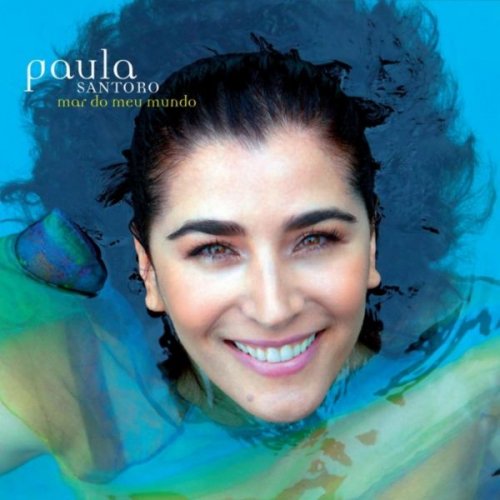David Ball - Grosses Konzertsolo (2022)
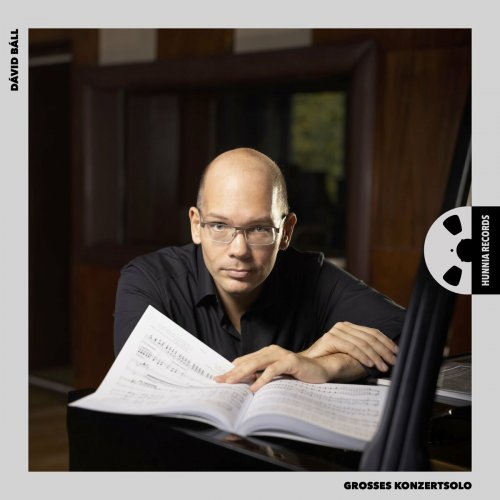
Artist: David Ball
Title: Grosses Konzertsolo
Year Of Release: 2022
Label: Hunnia Records
Genre: Classical
Quality: FLAC 16/24 Bit (192 KHz / tracks+booklet)
Total Time: 49:27 min
Total Size: 157 MB / 1,7 GB
WebSite: Album Preview
Tracklist:Title: Grosses Konzertsolo
Year Of Release: 2022
Label: Hunnia Records
Genre: Classical
Quality: FLAC 16/24 Bit (192 KHz / tracks+booklet)
Total Time: 49:27 min
Total Size: 157 MB / 1,7 GB
WebSite: Album Preview
01. Grosses Konzertsolo, S. 176
02. Réminiscences de Norma de Bellini, S. 394
03. Préludes, Livre 1, L. 117: No. 1, Danseuses de Delphes
04. Préludes, Livre 2, L. 123: No. 2, Feuilles mortes
05. Préludes, Livre 2, L. 123: No. 5, Bruyères
06. Préludes, Livre 2, L. 123: No. 10, Canope
Grosses Konzertsolo is a new Stereo Pure DSD 256 release from pianist David Ball. Báll used scores published by Editio Musica Budapest (Liszt) and G. Henle (Debussy) in selecting music for this album. It is exclusively available at NativeDSD in its original recorded format of Pure DSD 256 Stereo, as well as Stereo DSD 512, DSD 128, and DSD 64. It is not available on SACD.
Ferenc Liszt was so fascinated by Vincenzo Bellini’s music, the melodiousness of his bel canto, that he wrote piano fantasies of three Bellini operas – La Sonnambula, Norma, and I Puritani. The premiere of Bellini’s two-act opera Norma was in Milan in 1831, while the Réminiscences from Norma was composed around 1840-41, but unlike Liszt’s compositional technique, Liszt wrote two years later that he had to insert cadenzas into the work. He had some reservations about Italian operas, mainly because of their weak dramaturgy, but as late as 1854, he praised Bellini’s work, placing it above all of his other operas.
Liszt composed the Grosses Konzertsolo in 1849-50 for a competition at the Conservatoire in Paris, dedicating it to the German pianist and composer Adolf Henselt. The piece proved so difficult that, according to August Göllerich’s notes, Henselt himself considered it unplayable. Originally intended by Liszt as a purely virtuoso piece, he later inserted the Andante sostenuto middle section and the slow movement before the finale. The characteristic structure is also evident in the Sonata in B minor, written later in 1852-1853.
It is somewhat understandable that in the shadow of one of his greatest works the Grosses Konzertsolo has lost its importance, but its wholesale omission from the piano repertoire is totally unjustified and a serious error. Before 1856, a transcription for two pianos of the Grosses Konzertsolo was made under the title Concerto Pathétique.
Debussy’s piano preludes were published in two volumes, the first 12 in 1910 and the second 12 in 1913. They are miniature masterpieces of the period, written during one of the most exciting periods of 20th century music: reminiscent of the compositions of Schoenberg, Webern, Berg and Stravinsky.
Ferenc Liszt was so fascinated by Vincenzo Bellini’s music, the melodiousness of his bel canto, that he wrote piano fantasies of three Bellini operas – La Sonnambula, Norma, and I Puritani. The premiere of Bellini’s two-act opera Norma was in Milan in 1831, while the Réminiscences from Norma was composed around 1840-41, but unlike Liszt’s compositional technique, Liszt wrote two years later that he had to insert cadenzas into the work. He had some reservations about Italian operas, mainly because of their weak dramaturgy, but as late as 1854, he praised Bellini’s work, placing it above all of his other operas.
Liszt composed the Grosses Konzertsolo in 1849-50 for a competition at the Conservatoire in Paris, dedicating it to the German pianist and composer Adolf Henselt. The piece proved so difficult that, according to August Göllerich’s notes, Henselt himself considered it unplayable. Originally intended by Liszt as a purely virtuoso piece, he later inserted the Andante sostenuto middle section and the slow movement before the finale. The characteristic structure is also evident in the Sonata in B minor, written later in 1852-1853.
It is somewhat understandable that in the shadow of one of his greatest works the Grosses Konzertsolo has lost its importance, but its wholesale omission from the piano repertoire is totally unjustified and a serious error. Before 1856, a transcription for two pianos of the Grosses Konzertsolo was made under the title Concerto Pathétique.
Debussy’s piano preludes were published in two volumes, the first 12 in 1910 and the second 12 in 1913. They are miniature masterpieces of the period, written during one of the most exciting periods of 20th century music: reminiscent of the compositions of Schoenberg, Webern, Berg and Stravinsky.
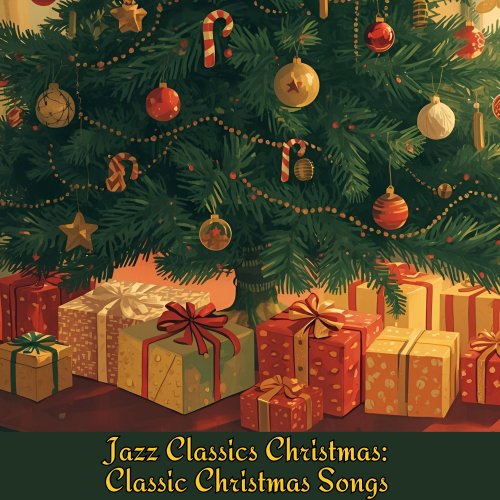
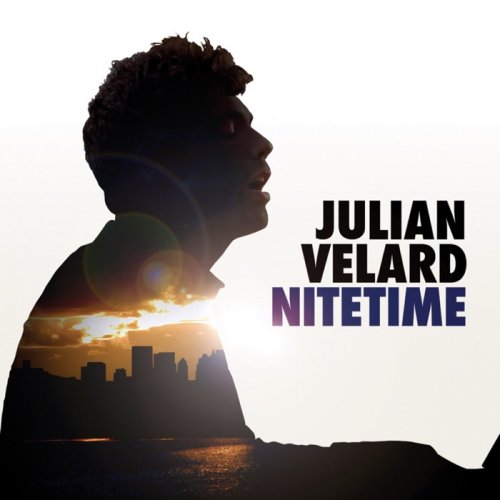
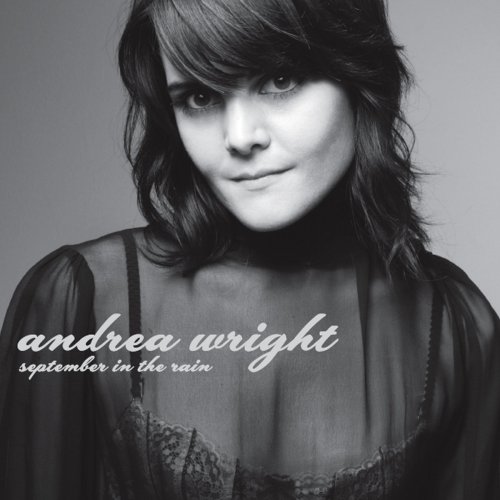
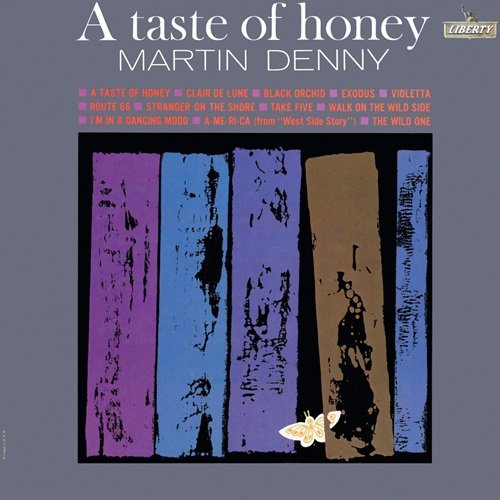
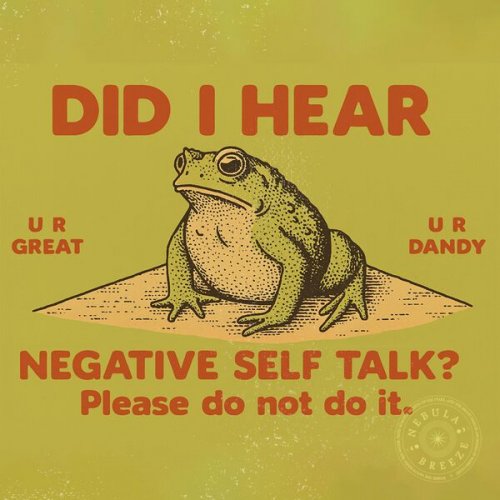
![Tomasz Stańko - Rue de la Tour (Polish Radio Sessions vol. 5/6) (2025) [Hi-Res] Tomasz Stańko - Rue de la Tour (Polish Radio Sessions vol. 5/6) (2025) [Hi-Res]](https://www.dibpic.com/uploads/posts/2025-12/1765796463_cover.jpg)
